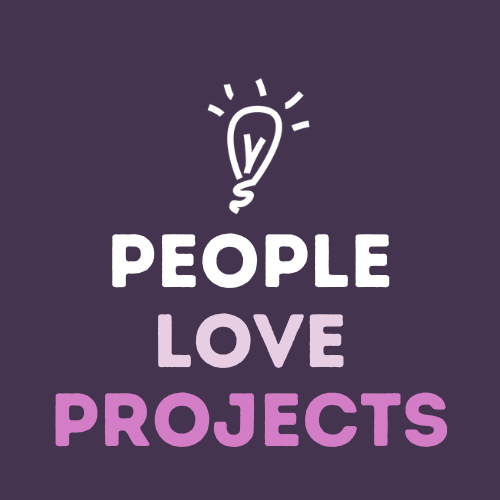Do you find it difficult to make a decision?
Even choosing what take-out to order can be a mind-boggling struggle in our house (no one wants to waste their money on bad food, right?)
With the weight of too many options, competing ideas, and conflicting priorities — decision-making can be a heavy burden.
And even the smallest choices can take up a surprisingly large amount of time and energy.
But they don’t have to.
Today, I want to share a counterintuitive trick for making decisions easier. So you can start taking confident steps towards what you want in a shorter timeframe (without all the back and forth and brain fatigue.)
What do you want for dinner?
The process I use to make faster decisions is incredibly irritating for my husband.
Case in point: Whenever we make a dinner decision I always list what I don’t want first.
For instance, if we’re having an UberEats night — the conversation usually goes like this:
Husband: What do you want to order?
Me: Well, I don’t want pizza, Chinese or Lebanese, so…what do you want?
I don’t always find it easy to articulate what I want, but I can almost always tell you what I don’t.
And we can all use that technique to our advantage.
Figuring out what you don’t want simplifies your decision through elimination and significantly reduces the overwhelm by limiting your options.
When overwhelm is eliminated — clarity shines through
I have embraced this process of elimination in all areas of my life. And I call it the Backward Method.
But officially, it’s closer to the mental model referred to as inversion (inspired by Carl Gustav Jacob Jacobi.)
The idea is that instead of tackling a decision with “forward-thinking,” you try looking at your problem from the opposite side. By thinking “backward,” you can often uncover hidden beliefs and immediately eliminate options that won’t solve your immediate problem.
“The root of inversion is “invert,” which means to upend or turn upside down. As a thinking tool, it means approaching a situation from the opposite end of the natural starting point.”
— Shane Parrish
As a decision filtering system, the “backwards method” works with almost anything:
- what you eat,
- how you spend your free time,
- what you want your career to be, and even
- who you want to hang around with.
Identifying what you don’t want first can make any decision simpler.
How to use inversion to make more purposeful progress
Think about a decision you’ve been struggling to make in your life lately.
It could be about work, your relationship, your health (or even whether you should get a French Bulldog).
Then, ask yourself the following questions:
- What are the things you don’t want to happen as a result of that decision?
- What are you afraid of?
- What don’t you want to happen?
With those thoughts in mind, finish the following sentences:
- I don’t want to do …
- I don’t like doing…
- I don’t want to feel like …
- I don’t want to think about…
- I don’t want to create…
- I don’t want to work with…
- I don’t want to worry about…
- I don’t want to commit to…
Once you have all the “I don’t want’s” out of the way, you can move on to the “I do’s.”
Hold your vision again (whatever the decision you are looking to make) and think about how it could positively affect your life.
Start thinking about what you would want to result from that decision, and with those thoughts in mind, finish these sentences:
- I want to do more of …
- I want to feel like…
- I want to think more about…
- I want to create more of …
- I want to work with…
- I want to get better at….
- I want to be in control of…
- I want to be certain I can…
Can you see any patterns in your answers?
Can you see a path to what you really want to be doing (and what you desperately don’t)?
By eliminating some of your options you’ll find that sense of clarity you crave.
And the path will be clear for you to pursue what you truly want. Because it will be free of the distracting things that you don’t!



Leave a Reply